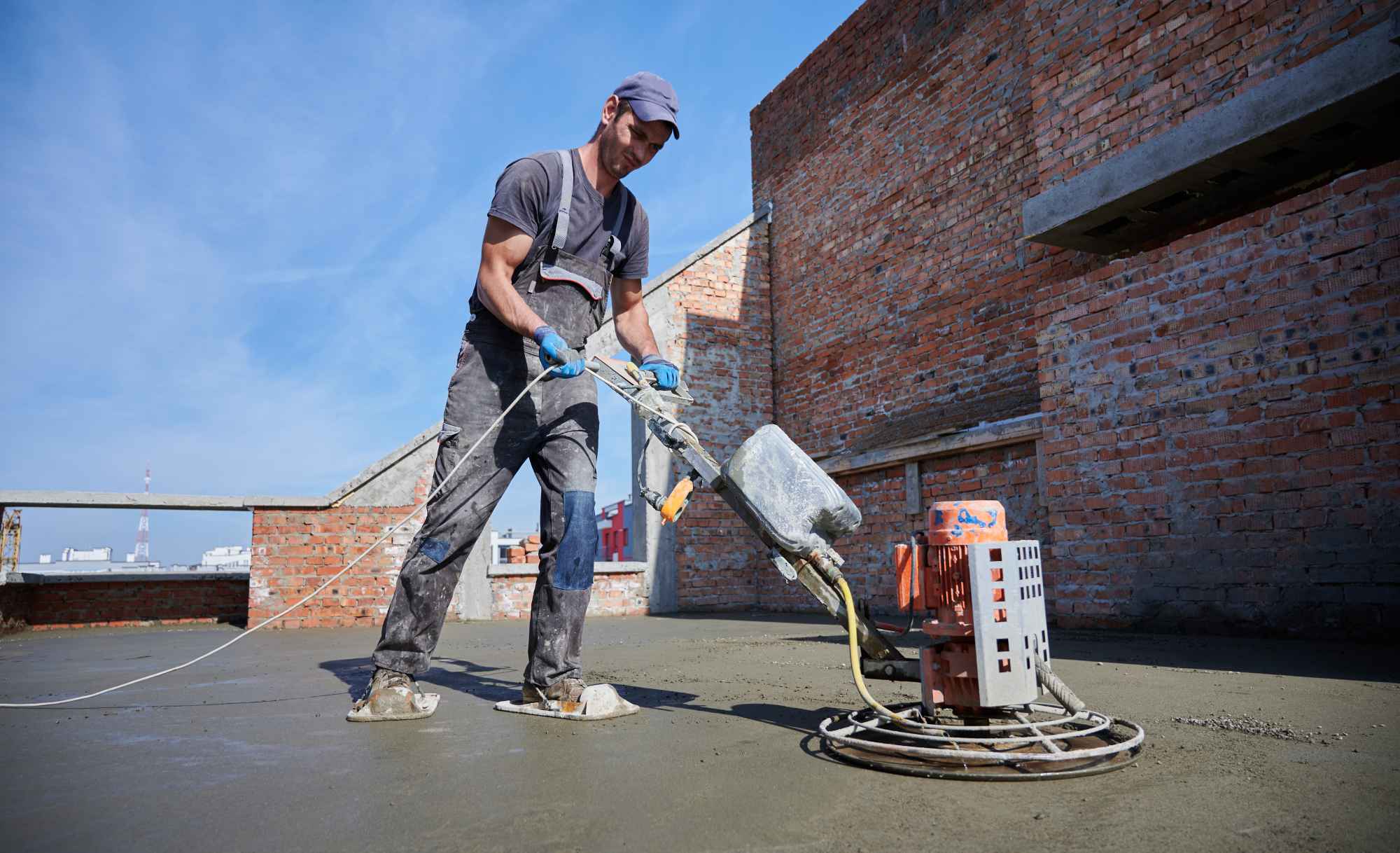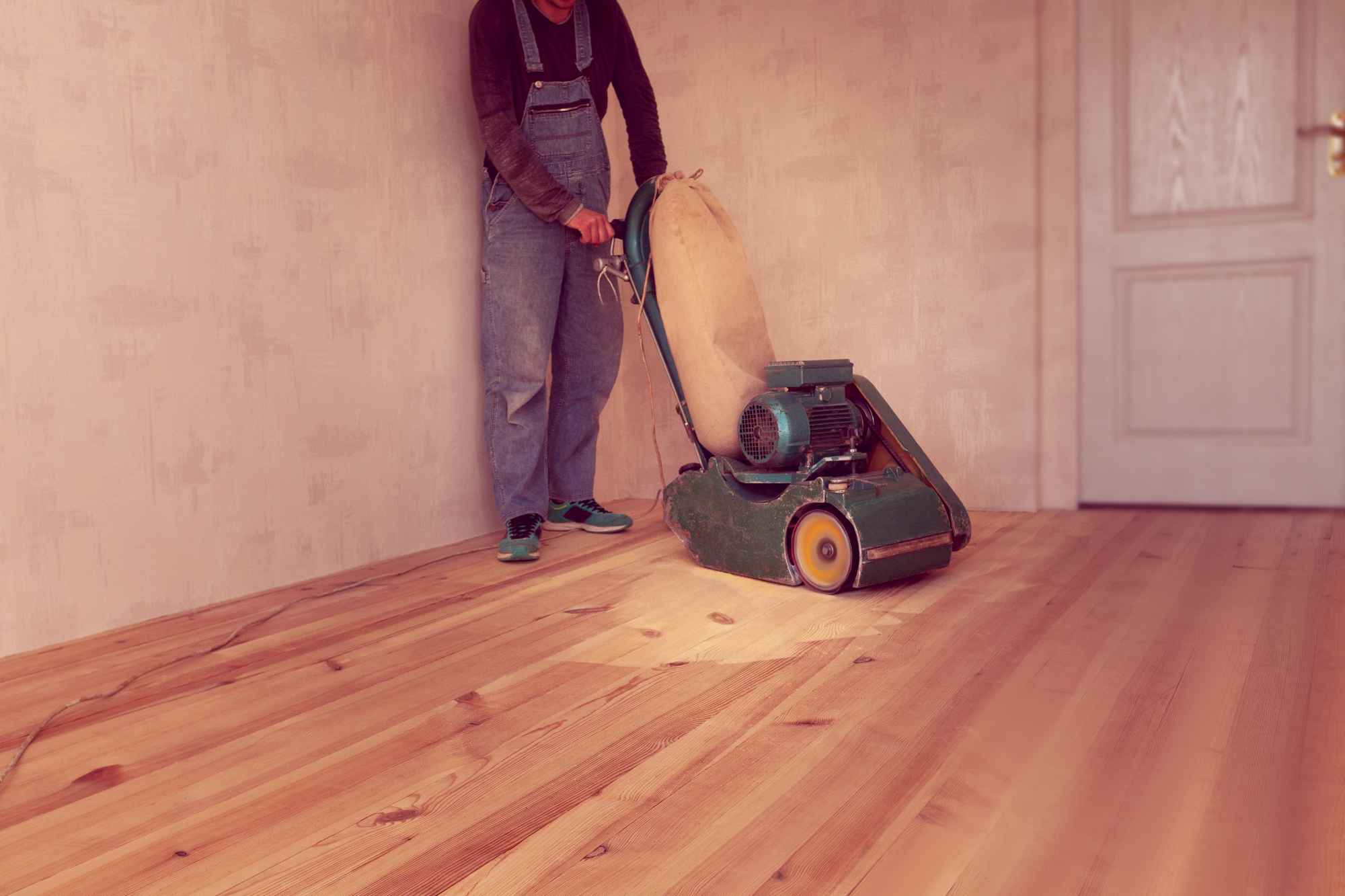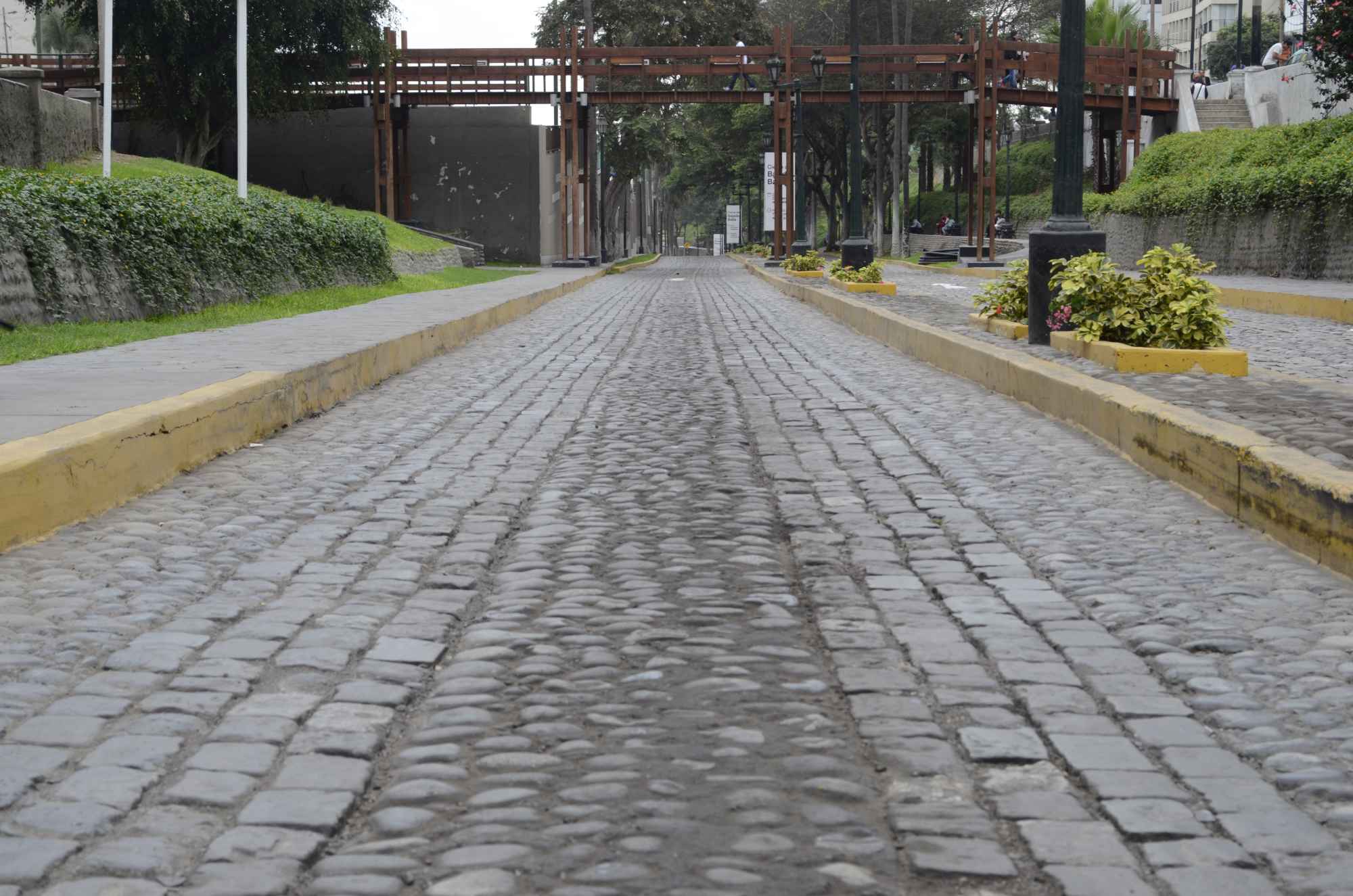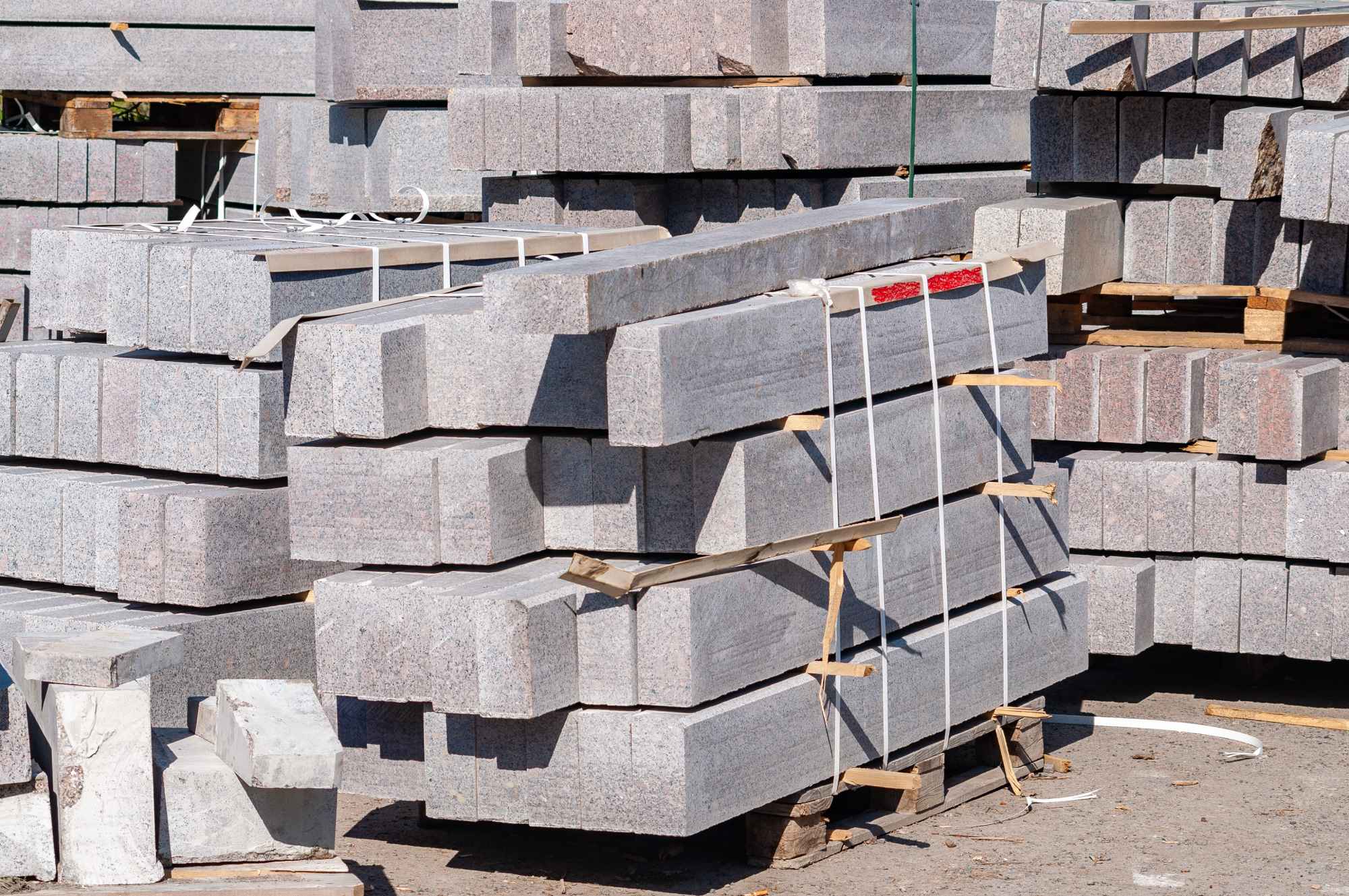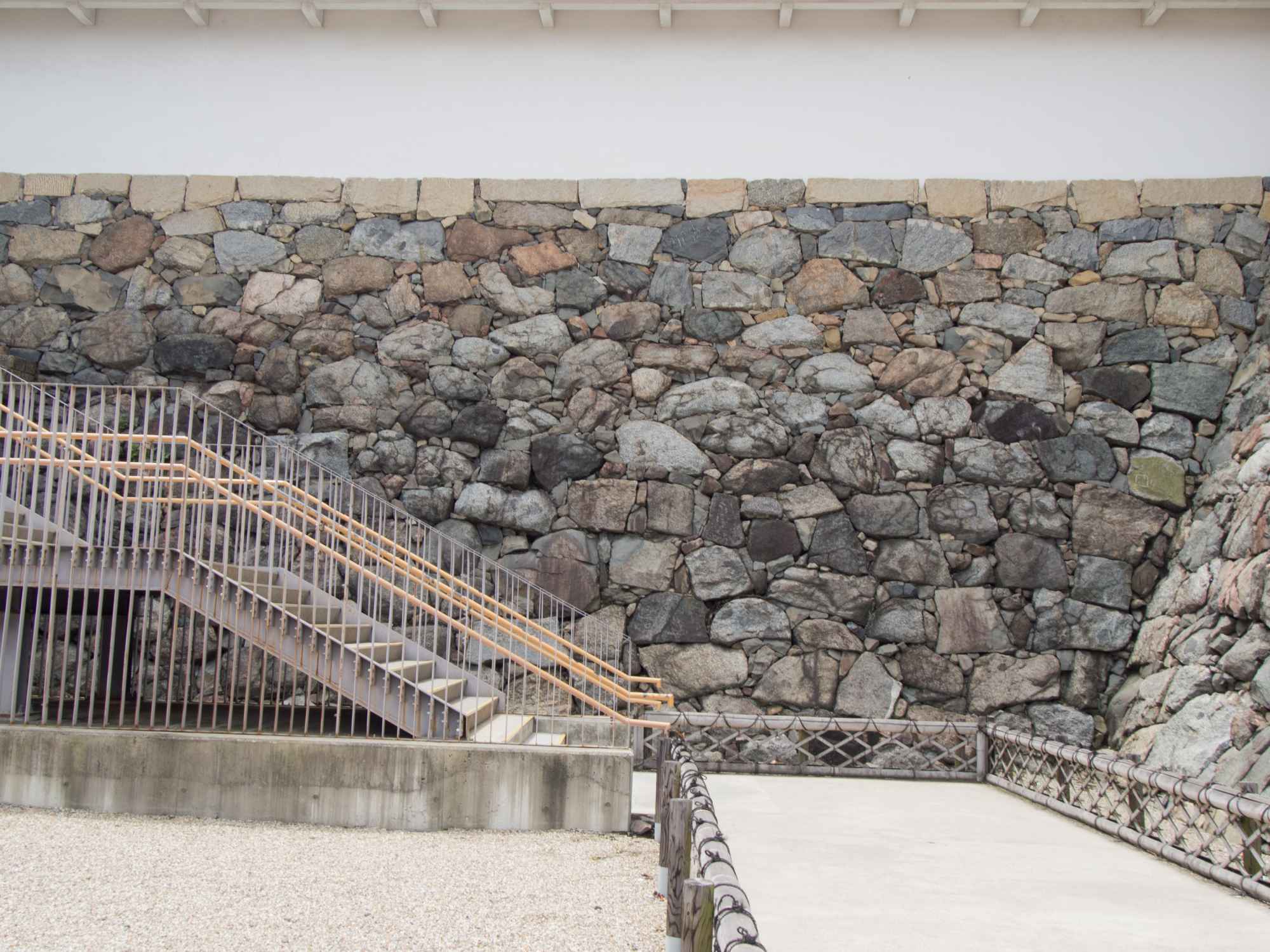Concrete Resurfacing
Concrete resurfacing is a transformative process that revitalizes worn or damaged concrete surfaces, offering both aesthetic and functional benefits. Over time, concrete can become cracked, stained, or simply lose its original charm due to exposure to the elements, heavy traffic, or neglect. Resurfacing addresses these issues, providing a fresh, durable layer that enhances the appearance of driveways, patios, and other concrete areas without the need for complete replacement.
The resurfacing process typically begins with a thorough inspection of the existing surface to assess its condition. This step is crucial as it helps determine the appropriate preparation methods and materials needed for a successful outcome. Any significant cracks or imperfections may need to be repaired before the resurfacing material is applied. This ensures that the new layer adheres properly and will not suffer from further damage over time.
